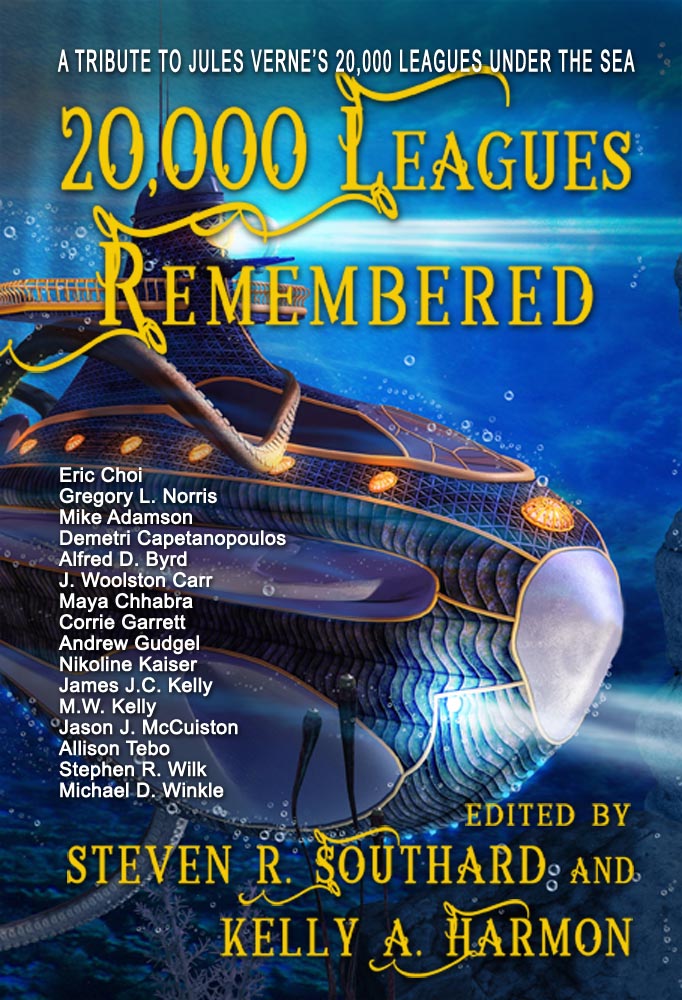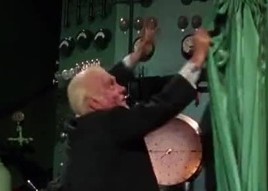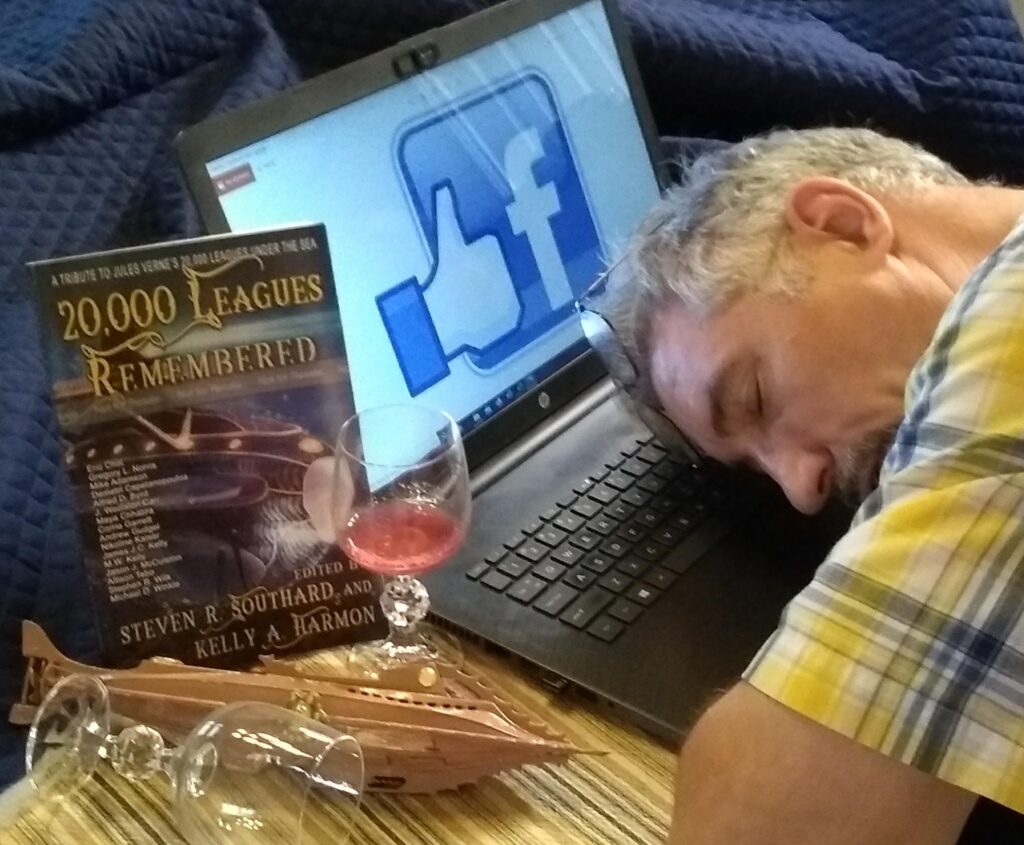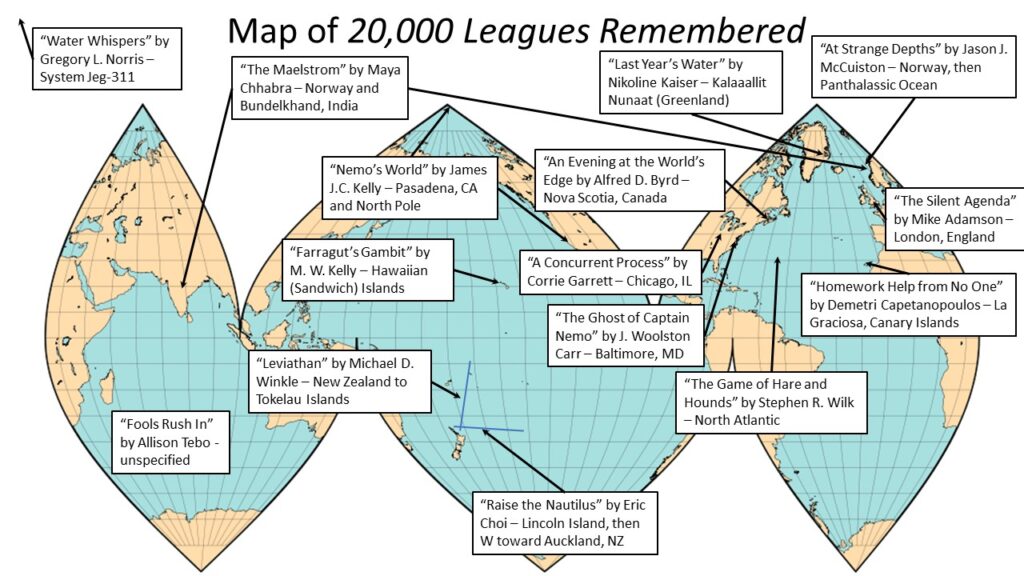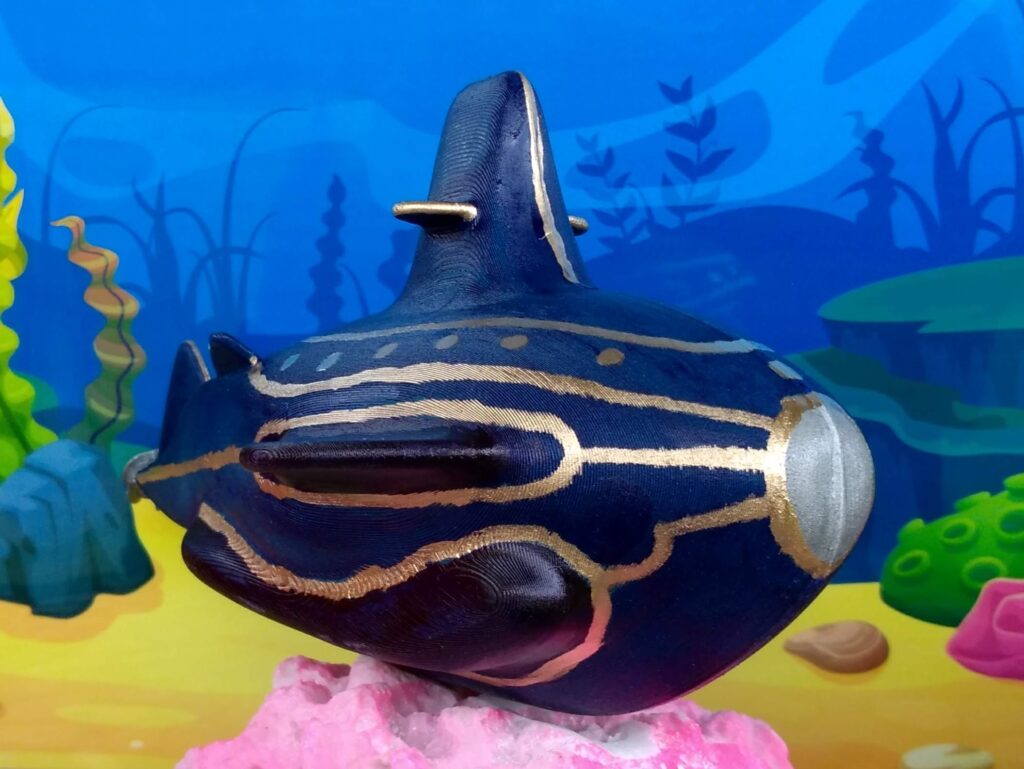When I found out about an online book review of Jules Verne’s Twenty Thousand Leagues Under the Sea, I had to sign up. On Thursday, August 27, the St. James Literary League conducted one of their quarterly meetings online using Zoom, and just happened to select my favorite novel.
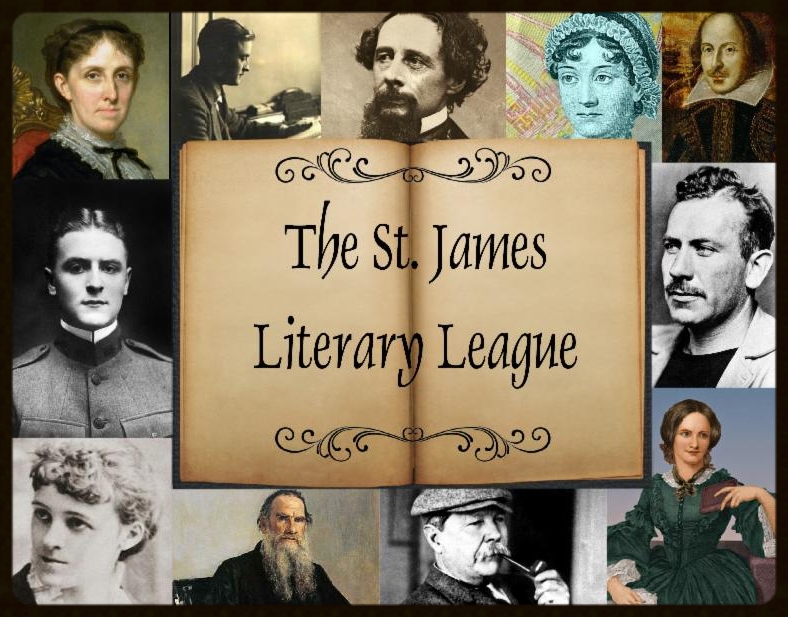
The St. James Literary League is associated with the St. James Tearoom in Albuquerque. I suspect that, pre-COVID, they held their meetings in that elegant restaurant. For this meeting, luckily, I could join in from home without traveling to New Mexico.
Janisse Rakes hosted the event, for which there were about ten attendees. I say ‘about’ because some people came and went. Janisse started by asking people to introduce themselves and give their overall impressions of the book.
Most attendees had completed reading the novel, several for the first time. Verne’s 19th Century style of writing, combined with his interminable lists of fish, made it a difficult slog for several reviewers. Some wondered about the accuracy of Verne’s information, suspecting he must have made up many of those facts. (No, he didn’t, but the science of Marine Biology has moved on, so I wouldn’t use that novel as an ichthyology reference.)
On the positive side, they liked the steampunk nature of the book, Verne’s ahead-of-his-time predictions, and the dramatic tension between the characters.
Janisse had prepared well, and kept the discussion lively by posing questions for the group to ponder. She asked about the novel’s characters, the technology, the character names, the title of the book itself, whether Aronnax should be considered a reliable narrator, the theme of freedom in the novel, how characters changed throughout the story, and the meaning of the book’s final lines.
For me, having first read the novel a half century ago, and having re-read it several times since, I’d forgotten—and can never quite recapture—the thrill of reading it for the first time. By listening to the reviewers that night, I got a glimpse of the wonder and amazement of a first-time reader. In a sense, through their eyes, I got to read the book for the first time…again! I enjoyed that.
In my opinion, the event was a great success. I thank the St. James Tearoom, the St. James Literary League, all the attendees, and Janisse Rakes in particular for a wonderful time.
For some new stories written by modern authors, but inspired by Jules Verne’s novel, I recommend 20,000 Leagues Remembered, co-edited by Kelly A. Harmon and also…well—
Poseidon’s Scribe


